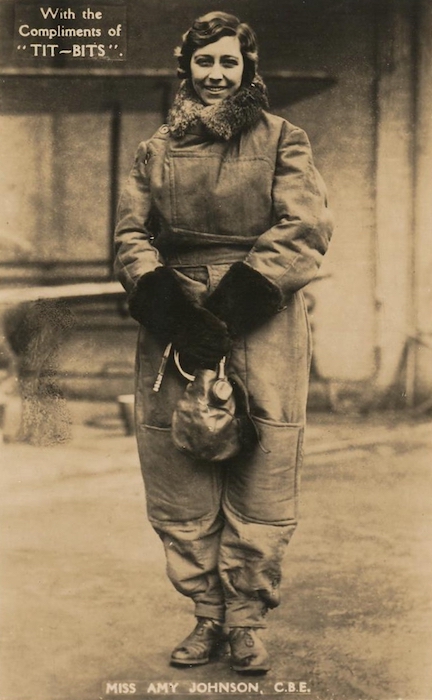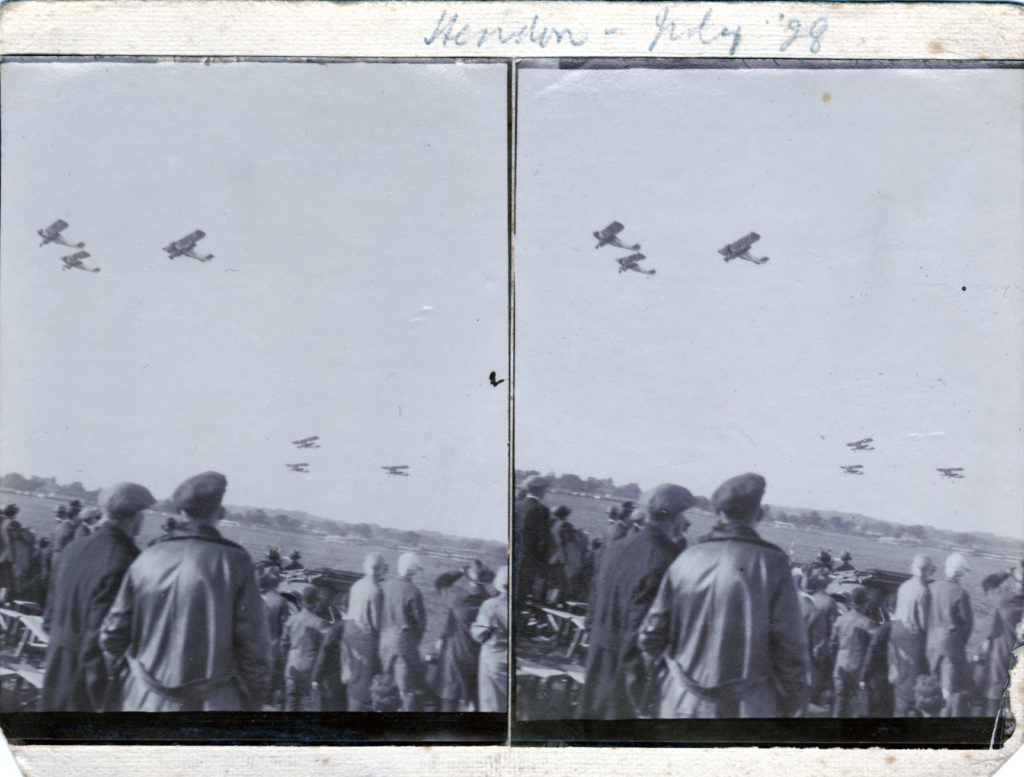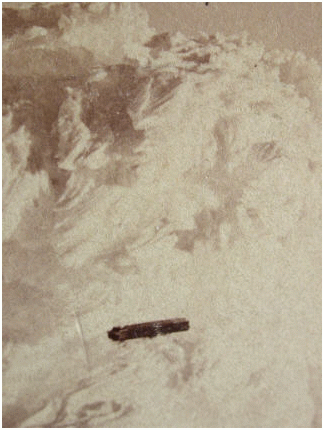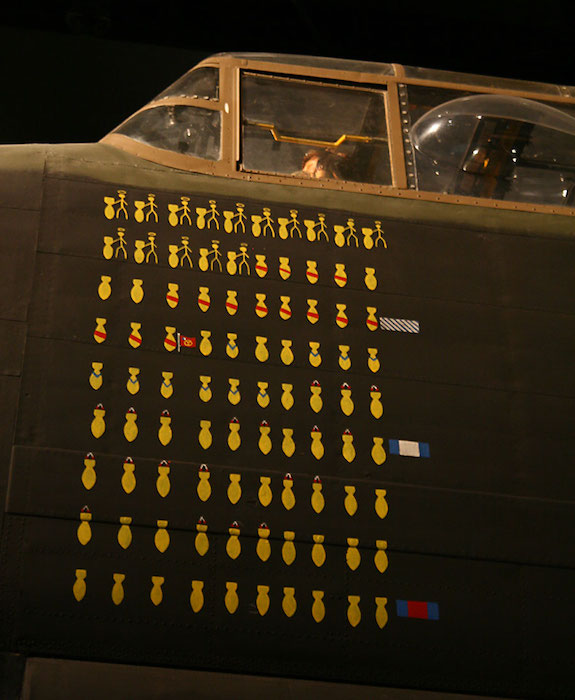Acquisitions
Jon Cooksey. The Vest Pocket Kodak & The First World War. Lewes: Ammonite Press, 2017. A small book on an interesting topic. The utility and portability of the Vest Pocket Kodak camera made it incredibly popular with soldiers in the front lines and behind them, mostly British here (though the French and Germans are not […]






